
Kód: 04940871
Reading the Allegorical Intertext
Autor Judith H. Anderson
Judith H. Anderson conceives the intertext as a relation between or among texts that encompasses both Kristevan intertextuality and traditional relationships of influence, imitation, allusion, and citation. Like the Internet, the ... celý popis
- Jazyk:
 Angličtina
Angličtina - Väzba: Brožovaná
- Počet strán: 452
Nakladateľ: Fordham University Press, 2010
- Viac informácií o knihe

52.15 €

Skladom u dodávateľa v malom množstve
Odosielame za 12 - 16 dní
Potrebujete viac kusov?Ak máte záujem o viac kusov, preverte, prosím, najprv dostupnosť titulu na našej zákazníckej podpore.
Pridať medzi želanie
Mohlo by sa vám tiež páčiť
Darčekový poukaz: Radosť zaručená
- Darujte poukaz v ľubovoľnej hodnote, a my sa postaráme o zvyšok.
- Poukaz sa vzťahuje na všetky produkty v našej ponuke.
- Elektronický poukaz si vytlačíte z e-mailu a môžete ho ihneď darovať.
- Platnosť poukazu je 12 mesiacov od dátumu vystavenia.
Viac informácií o knihe Reading the Allegorical Intertext
Nákupom získate 129 bodov
 Anotácia knihy
Anotácia knihy
Judith H. Anderson conceives the intertext as a relation between or among texts that encompasses both Kristevan intertextuality and traditional relationships of influence, imitation, allusion, and citation. Like the Internet, the intertext is a state, or place, of potential expressed in ways ranging from deliberate emulation to linguistic free play. Relatedly, the intertext is also a convenient fiction that enables examination of individual agency and sociocultural determinism. Anderson's intertext is allegorical because Spenser's Faerie Queene is pivotal to her study and because allegory, understood as continued or moving metaphor, encapsulates, even as it magnifies, the process of signification. Her title signals the variousness of an intertext extending from Chaucer through Shakespeare to Milton and the breadth of allegory itself. Literary allegory, in Anderson's view, is at once a mimetic form and a psychic one - a process thinking that combines mind with matter, emblem with narrative, abstraction with history. Anderson's first section focuses on relations between Chaucer's Canterbury Tales and Spenser's The Faerie Queene, including the role of the narrator, the nature of the textual source, the dynamics of influence, and the bearing of allegorical narrative on lyric vision. The second centers on agency and cultural influence in a variety of Spenserian and medieval texts. Allegorical form, a recurrent concern throughout, becomes the pressing issue of section three. This section treats plays and poems of Shakespeare and Milton and includes two intertextually relevant essays on Spenser. How Paradise Lost or Shakespeare's plays participate in allegorical form is controversial. Spenser's experiments with allegory revise its form, and this intervention is largely what Shakespeare and Milton find in his poetry and develop. Anderson's book, the result of decades of teaching and writing about allegory, especially Spenserian allegory, will reorient thinking about fundamental critical issues and the landmark texts in which they play themselves out.
 Parametre knihy
Parametre knihy
Zaradenie knihy Knihy po anglicky Literature & literary studies Literature: history & criticism Literary studies: general
52.15 €
- Celý názov: Reading the Allegorical Intertext
- Podnázov: Chaucer, Spenser, Shakespeare, Milton
- Autor: Judith H. Anderson
- Jazyk:
 Angličtina
Angličtina - Väzba: Brožovaná
- Počet strán: 452
- EAN: 9780823228485
- ISBN: 0823228487
- ID: 04940871
- Nakladateľ: Fordham University Press
- Hmotnosť: 570 g
- Rozmery: 220 × 146 × 27 mm
- Dátum vydania: 01. December 2010
Obľúbené z iného súdka
-
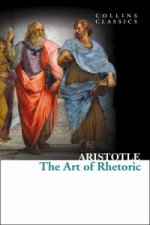
Art of Rhetoric
3.58 € -4 % -
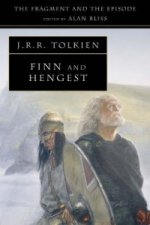
Finn and Hengest
10.44 € -28 % -
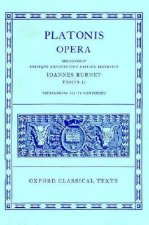
Plato Opera Vol. II
38.93 € -
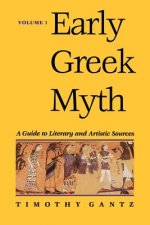
Early Greek Myth
44.77 € -
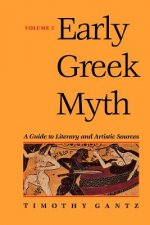
Early Greek Myth
44.77 € -
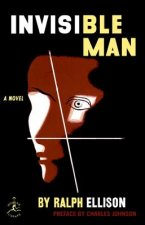
Invisible Man
20.07 € -21 % -

How to Read a Book
14.13 € -11 % -
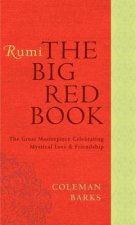
Rumi: The Big Red Book
12.49 € -28 % -
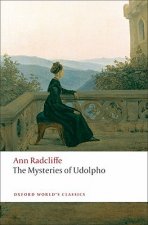
Mysteries of Udolpho
10.03 € -31 % -
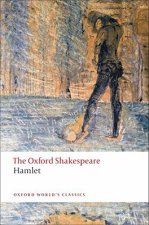
Hamlet: The Oxford Shakespeare
9.42 € -24 % -

Saga of Tanya the Evil, Vol. 3
10.24 € -28 % -
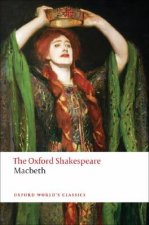
Tragedy of Macbeth: The Oxford Shakespeare
18.43 € -

Complete Poems of Hart Crane
18.02 € -6 % -

On Writers and Writing
11.47 € -28 % -
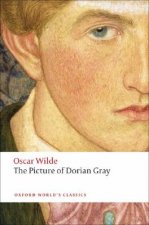
The Picture of Dorian Gray
6.65 € -25 % -
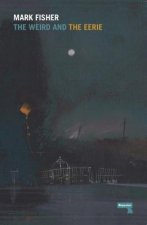
Weird and the Eerie
9.42 € -28 % -
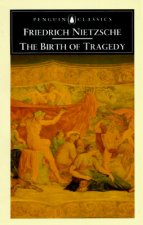
Birth of Tragedy
9.42 € -28 % -
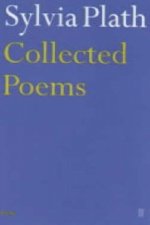
Collected Poems
19.56 € -28 % -

Moveable Feast
9.62 € -20 % -

Golden Bough
15.16 € -21 % -
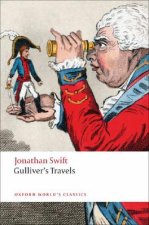
Gulliver's Travels
6.45 € -27 % -
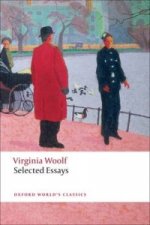
Selected Essays
10.44 € -28 % -

Outsider
10.44 € -28 % -

Analysis of Donna Haraway's A Cyborg Manifesto
8.70 € -4 % -
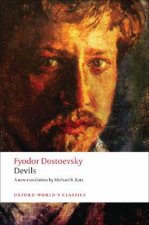
Devils
11.06 € -30 % -
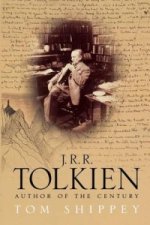
J. R. R. Tolkien
11.47 € -21 % -

Leaves of Grass
18.54 € -

Tragedy of King Richard III: The Oxford Shakespeare
8.39 € -24 % -

The Tempest: The Oxford Shakespeare
8.49 € -27 % -

Dream Story
10.44 € -28 % -
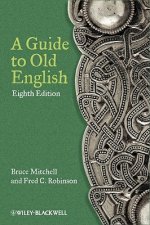
Guide to Old English 8e
47.84 € -
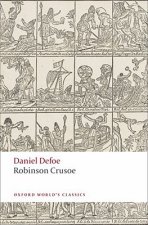
Robinson Crusoe
7.78 € -24 % -
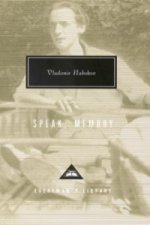
Speak, Memory
16.49 € -28 % -
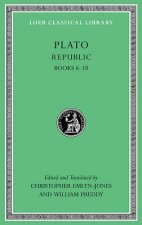
Republic
36.88 € -
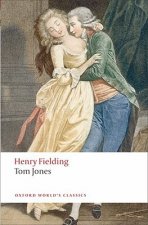
Tom Jones
9.83 € -5 % -

Selected Journals of L.M. Montgomery
21 € -9 % -

Measure for Measure: The Oxford Shakespeare
8.80 € -28 % -
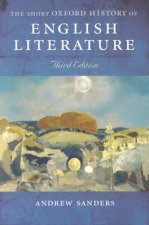
Short Oxford History of English Literature
52.35 € -
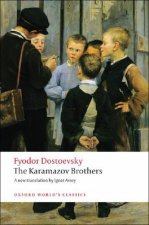
Karamazov Brothers
10.65 € -26 % -

Sir Gawain and The Green Knight
8.49 € -27 % -

Sir Gawain and the Green Knight
19.56 € -28 % -

Cambridge Old English Reader
42 € -4 % -

W. B. Yeats
9.42 € -28 % -
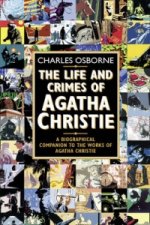
Life and Crimes of Agatha Christie
13.52 € -28 % -
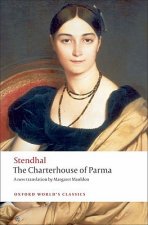
Charterhouse of Parma
13.31 € -20 % -

Kafka
25.91 € -11 % -
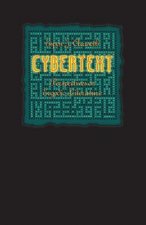
Cybertext
32.17 € -9 % -

French Lieutenant's Woman: York Notes Advanced
9.42 € -20 % -

On the Soul
11.57 € -29 %
Osobný odber Bratislava a 2642 dalších
Copyright ©2008-24 najlacnejsie-knihy.sk Všetky práva vyhradenéSúkromieCookies


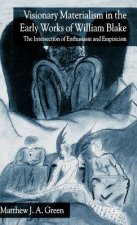
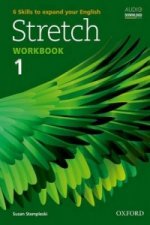
 21 miliónov titulov
21 miliónov titulov Vrátenie do mesiaca
Vrátenie do mesiaca 02/210 210 99 (8-15.30h)
02/210 210 99 (8-15.30h)